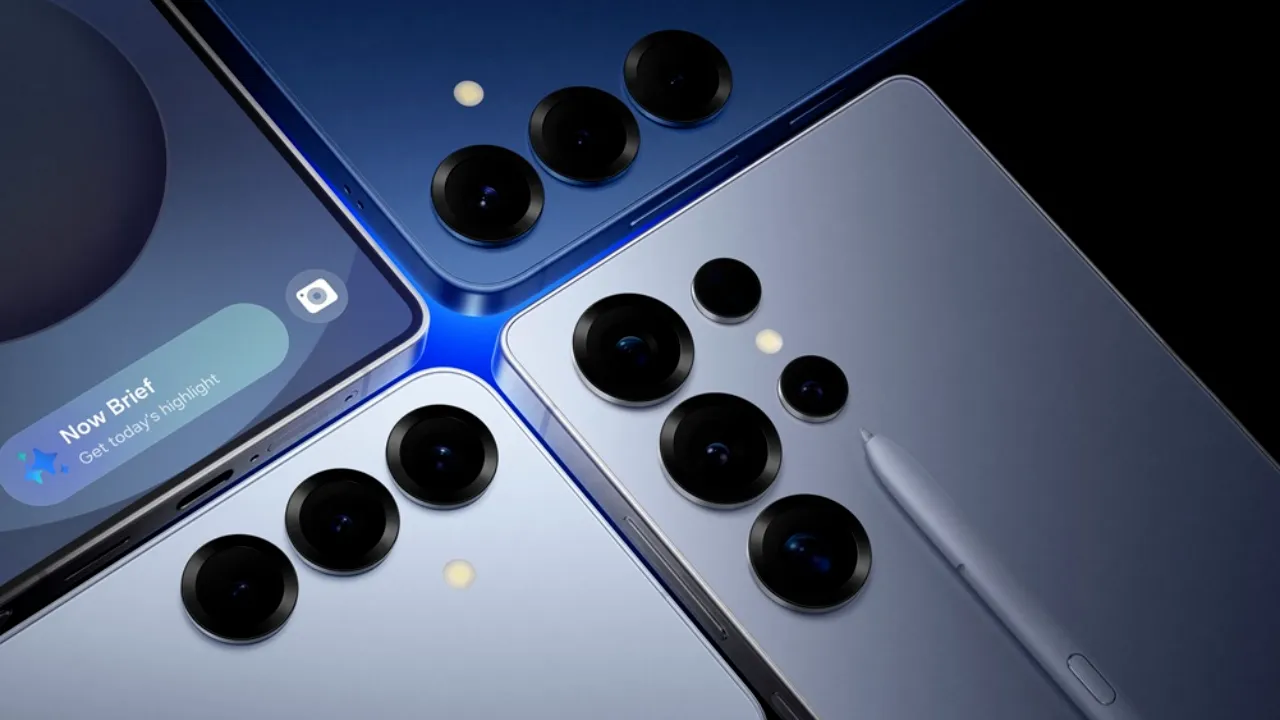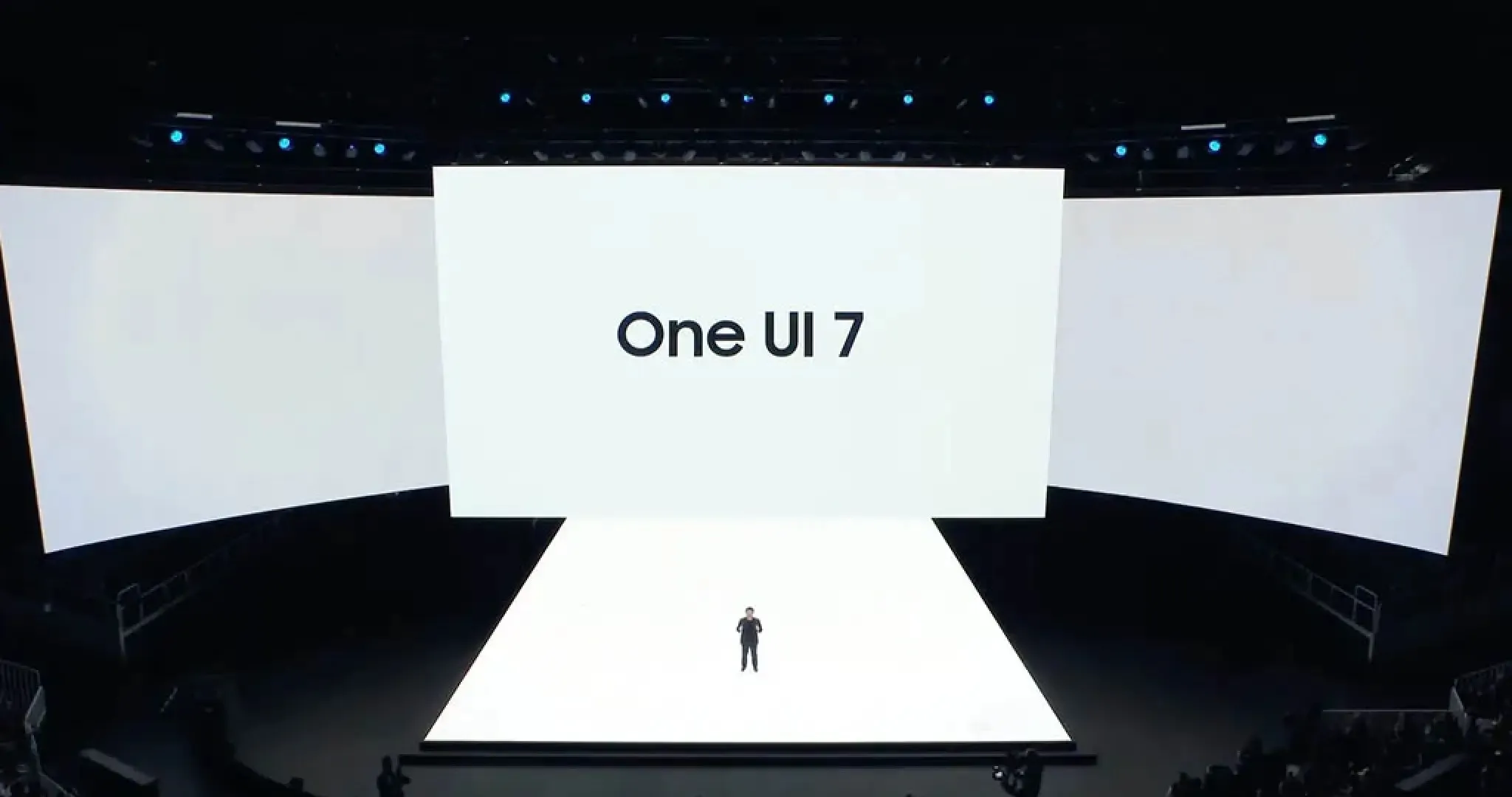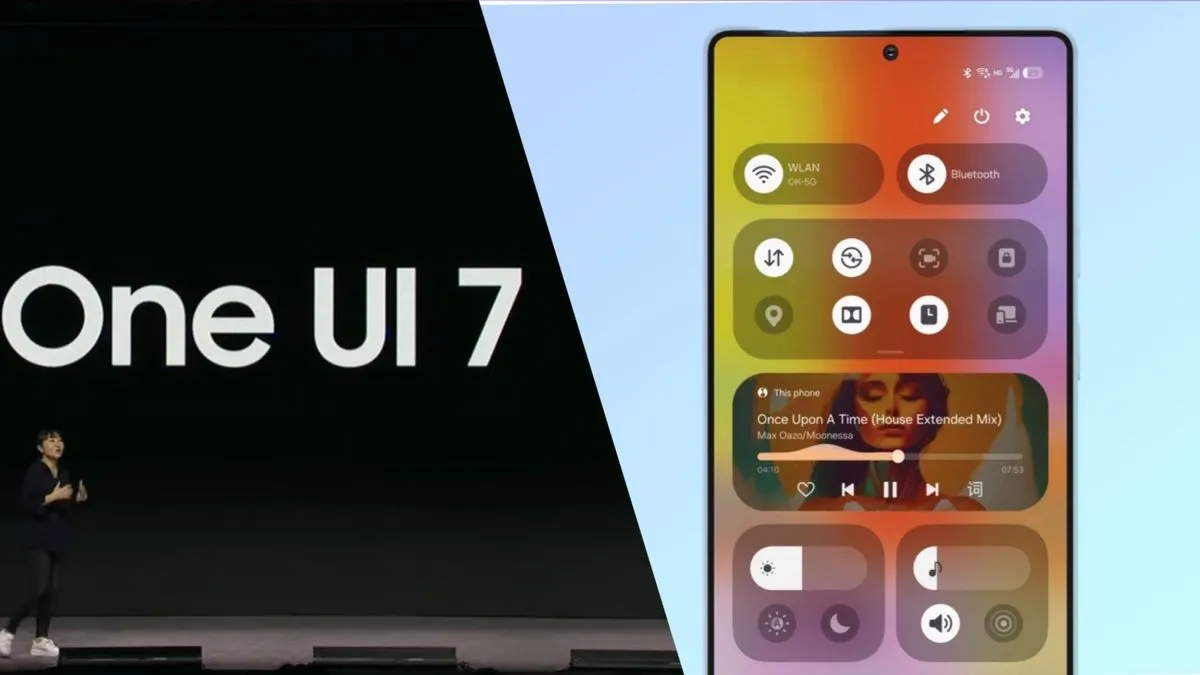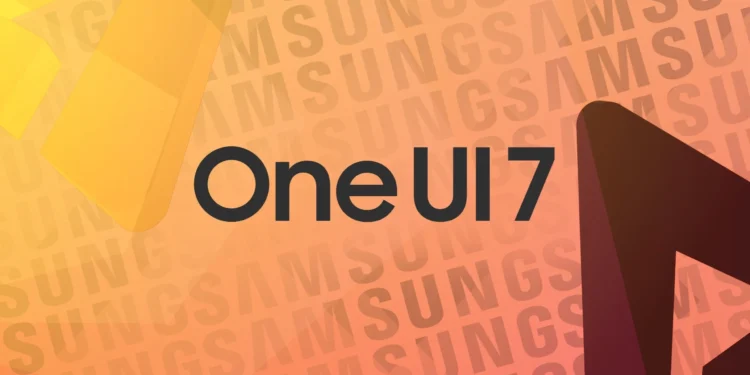Samsung has long positioned itself as a leader in the Android ecosystem, known for pioneering extended software support. The South Korean giant’s promise of a 7-year OS update policy was a bold move that set it apart from competitors, aligning it closely with Google’s own update commitments. However, the recent hiccup with the delayed release of One UI 7 has sparked discussions and concerns amongst its user base and tech enthusiasts alike.

The Galaxy S24 series, which launched in early 2024 with One UI 6, was expected to lead the charge in showcasing Samsung’s commitment to continuous software improvements. These devices, renowned for their high-end specifications and user-friendly interface, receive monthly security updates and system optimizations. Yet, the anticipated transition to One UI 7 has been fraught with delays and a lack of communication from Samsung, causing frustration and raising questions about the viability of its 7-year update strategy.
A Closer Look at One UI 7: Features and Frustrations
One UI 7, heralded for its user interface enhancements and smoother animations, represents a significant upgrade over its predecessors. As a beta tester, I’ve experienced first-hand the potential of this new software version, which could be described as one of Samsung’s most sophisticated and seamless interfaces yet. However, the excitement for One UI 7 has been tempered by Samsung’s sluggish rollout process.
Originally, the beta version of One UI 7 was made available in December, exclusively for the S24 lineup, with promises of a broader release that has yet to materialize. As of now, Samsung has not provided any clear updates on when the stable version of One UI 7 will be released for other eligible devices, including the flagship models covered under the 7-year upgrade promise.

The Implications of Delayed Updates
The impact of these delays extends beyond mere inconvenience. For users who invested in Samsung’s premium devices with the expectation of timely and continuous software support, the delay undermines trust and satisfaction with the brand. It also poses a competitive disadvantage in a market where other manufacturers are quickly catching up in terms of software support and update frequency.
Interestingly, while older models languish in the waiting line for One UI 7, Samsung has moved forward with the launch of its S25 series, which comes equipped with One UI 7 out of the box. This situation not only highlights the disparities in Samsung’s approach to software updates across different device generations but also raises concerns about whether the company can maintain its promised update cycle for earlier models.
What Lies Ahead for Samsung?
The road ahead for Samsung involves not just rectifying the current delays but also restoring faith in its update policy. The company must ramp up its efforts to deliver One UI 7 across all eligible devices promptly. As it stands, the delay does not align with the expectations Samsung has set for itself and its users. Moving forward, Samsung needs to ensure that its actions reflect its commitments, especially if it intends to maintain its reputation as a frontrunner in the Android ecosystem.

In conclusion, as Samsung continues to work on optimizing One UI 7 and addressing the technical hurdles, the broader question remains: Will Samsung be able to adapt its strategies to meet its ambitious software support promises, or will this delay be a forewarning of challenges to come? Only time will tell, but for now, Samsung’s users and observers alike await concrete actions that align with the company’s bold promises.










